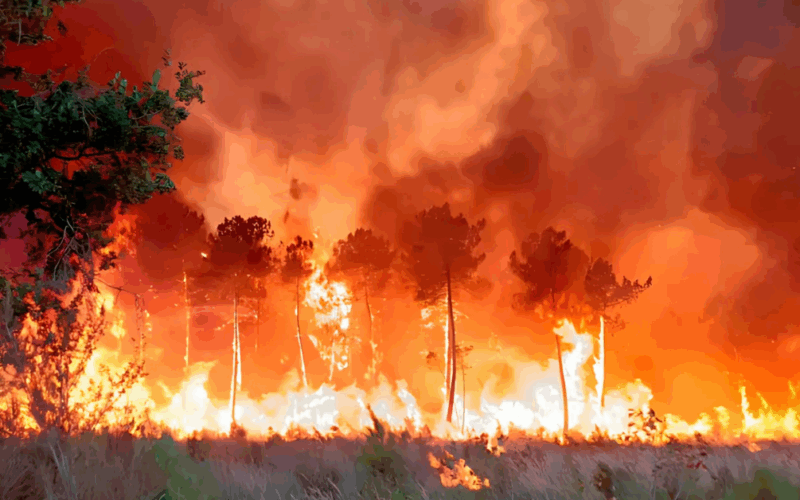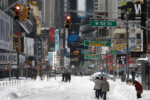As temperatures rise and rainfall becomes scarce, the Pacific Northwest is facing a growing threat from wildfires this season. The warm, dry weather has created ideal conditions for fires to ignite and spread quickly, putting communities and natural landscapes at risk. Residents and visitors alike are urged to stay alert and follow fire safety guidelines.
Experts warn that this increase in fire potential is not just a temporary situation but part of a longer trend influenced by changing climate patterns. Understanding the risks and how to prevent fires can help protect people, wildlife, and the environment in this beautiful region.
Why Is Fire Risk Increasing in the Pacific Northwest?
The Pacific Northwest, known for its lush forests and rainy climate, has been experiencing a drier and warmer season than usual. This shift has caused vegetation to dry out, making it more flammable. According to the National Interagency Fire Center, these weather patterns significantly raise the chances of wildfires starting and spreading rapidly.
Seasonal changes and less rainfall combined with higher temperatures create a dangerous environment. The US Forest Service notes that fuel moisture levels are critical in determining fire risk, and this year, they are much lower than average. This means leaves, twigs, and grasses can ignite more easily, increasing the likelihood of wildfires.
How Climate Change Influences Fire Seasons
Climate change plays a significant role in the increasing fire potential in the Pacific Northwest. Rising global temperatures lead to longer dry seasons and more intense heat waves. NOAA (National Oceanic and Atmospheric Administration) reports that these conditions contribute to prolonged droughts, which weaken plant life and make forests more vulnerable to fires.
Scientific studies show that wildfires in the region have become larger and more frequent over the past decades. This trend is expected to continue unless there is a reduction in greenhouse gas emissions and improved forest management strategies.
What Does Increased Fire Potential Mean for Local Communities?
Higher fire risk means that communities near forests and grasslands must be prepared. Evacuation plans, fire alerts, and clear communication are essential for keeping people safe. Local governments and fire departments are increasing their efforts to educate residents about fire prevention and response.
Smoke from wildfires can also affect air quality, which is a health concern, especially for children, elderly people, and those with respiratory problems. Staying informed through reliable sources like local news and government websites is crucial during high fire danger periods.
Steps You Can Take to Stay Safe This Fire Season
There are several actions individuals and families can take to reduce fire risk and protect themselves. Avoiding outdoor fires during dry weather, properly disposing of cigarettes, and keeping yards clear of dry brush and leaves can make a big difference. Creating a safety zone around your home and having an emergency kit ready are also recommended.
Following advice from trusted agencies such as the National Wildfire Coordinating Group can help communities reduce damage and respond quickly if a fire starts. Being proactive and aware is the best way to handle the challenges of increased fire risk.
Looking Ahead: How the Pacific Northwest Can Adapt
Addressing the rising fire threat requires collaboration between government, scientists, and local communities. Efforts to improve forest health through controlled burns, better land management, and restoring natural water cycles are being explored. Additionally, investing in early warning systems and infrastructure improvements can help reduce the impact of future wildfires.
By understanding the causes and consequences of this increased fire potential, the Pacific Northwest can work towards a safer and more resilient future.
For more information, visit the National Interagency Fire Center, US Forest Service, and NOAA.




